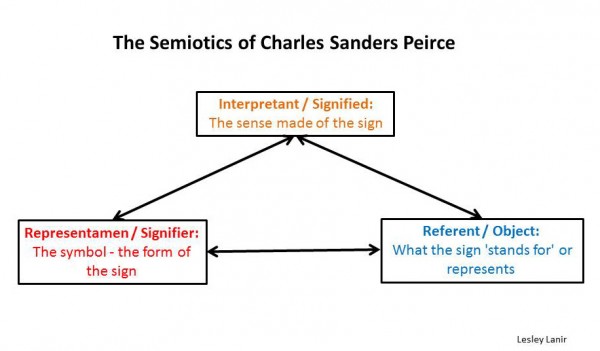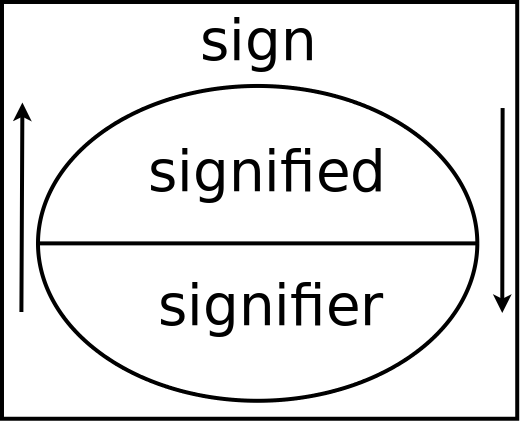Postmodern / Postmodernism
I’ve isolated Postmodernism from the Frames section as it deserves to be dealt with in some detail. Postmodernism no longer functions as an active / influential art movement. To speak of it as current is an arguable misrepresentation, it has passed over, it is no longer, it is deceased, as far as ART is concerned it is an ‘ex’ movement. However those who idolized it, refuse to acknowledge it’s passing. So in researching this you will find little consensus.
Relegated to the graveyard in the mid ’90’s, Postmodernism as a collective of ideologies flourished for a brief 20 years affecting areas diverse as philosophy, politics, literature, art, urban planning, architecture, design, photography and film.
On the 24th of Sept 2011 the Victoria and Albert Museum hosted what was arguably the first retrospective exhibition of works that defined Postmodernism in the Arts “Postmodernism—Style and Subversion 1970-1990.” and in doing so posted the obituary notice.
Sometimes its hard to know what came out of Post-Modernity in terms of significance for ART. Canned variously for its blatant banality, lack of purpose, loss of social conscience and endless self quotation, Post Modernity shone briefly in the rarefied and sometimes dizzy heights of arts intelligentsia.
A little light reading
After Postmodernism: Eleven Metamodern Methods in the Arts
The Death of Postmodernism and Beyond
Postmodernism: the 10 key moments in the birth of a movement
Explainer: what is postmodernism?
What comes after Postmodernism
Other bits.
Splinter groups included; Copy Art, Eat Art, Neo-Geo, Mail Art, Equipo Cronica, Mec Art, Groupe Zebra, BMPT, Cooperative des Malassis, East Village, Panique Szafran, Appropriation Simulation, Bad Painting, Demoscene, Pittura Colta (Anacronismo), Massurrealism, Pluralism, Relational Art, Figuration Savante, OuPeinPo, Sound Art, Superflat, Massurrealism, Artefactoria, Toyism, Lowbrow, Tiki Art, Bitterism, Thinkism and Funism.
Two key strands of philosophy associated with the Post Modern movement;
- Structuralism; “A theoretical paradigm in sociology, anthropology, linguistics and semiotics positing that elements of human culture must be understood in terms of their relationship to a larger, overarching system or structure”.@ Structuralism
Key Structuralist thinkers; Claude Lévi-Strauss, Jean Piaget, Roman Jakobson, Noam Chomsky, Roland Barthes, Louis Althusser and Nicos Poulantzas
- Post-structuralism; “A label formulated by American academics to denote the heterogeneous works of a series of mid-20th-century French and continental philosophers and critical theorists who came to international prominence in the 1960s and ’70s. A major theme of post-structuralism is instability in the human sciences, due to the complexity of humans themselves and the impossibility of fully escaping structures in order to study them”.@ Post Structuralism
Key post structuralists; Jacques Derrida, Michel Foucault, Gilles Deleuze, Judith Butler, Jacques Lacan, Jean Baudrillard, and Julia Kristeva,
The foundations for Structuralist and Post Structuralist thinking were laid by Ferdinand De Saussure and Charles Sanders Peirce.
Saussure proposed the model,
- Signifier, Signified, Sign
image sourced @ amymallabardiscourse.blogspot.com
Saussure argued that all things in the visual and auditory fields acted as signifiers to which meaning (the signified) could be attached. The combined resulted in things which were seen and heard becoming ‘signs’. Saussure divided these signs into analog and digital categories.
Analog Signs: “Analogical signs (such as paintings in a gallery or gestures in face-to-face interaction) are signs in a form in which they are perceived as involving graded relationships on a continuum rather than as discrete units (in contrast to digital signs).
Digital Signs: Digital signs involve discrete units such as words and numerals, in contrast to analogical signs. Note, however, that digital technology can transform analogical signs into digital reproductions which may be perceptually indistinguishable from the ‘originals’
Pierce proposed a (more or less) parallel model of;
- Interpretant, Representamen, Referent/Object sometimes represented as Sign.
 image sourced @ www.decodedscience.com
image sourced @ www.decodedscience.com
For a clear understanding of these two models read Semiotics for Beginners, because without understanding the semiotic discourse it’s difficult to make sense of Post Modernism outside of the commonly generalized descriptors; i.e., appropriation, parody, quotation, pastiche (imitation of the style or character of the work of one or more other artists) etc.
A good overview of the characteristics of appropriation vs quotation can be found (ironically) here.
CODES
- Semiotic codes are procedural systems of related conventions for correlating signifiers and signifieds in certain domains. Codes provide a framework within which signs make sense: they are interpretative devices which are used by interpretative communities.
- a combination of semiotic systems, a supersystem, that function as general maps of meaning, belief systems about oneself and others, which imply views and attitudes about how the world is and/or ought to be. Codes are where semiotics and social structure and values connect. @ Semiotic Terminology
- CODES
-
A Code is a learned rule for linking signs to their meanings. The term is used in various ways in media studies and semiotics. In communication studies, a message is often described as being “encoded” from the sender and then “decoded” by the receiver. The encoding process works on multiple levels. For semiotics, a code is the framework, a learned a shared conceptual connection at work in all uses of signs (language, visual). An easy example is seeing the kinds and levels of language use in anyone’s language group. “English” is a convenient fiction for all the kinds of actual versions of the language. We have formal, edited, written English (which no one speaks), colloquial, everyday, regional English (regions in the US, UK, and around the world); social contexts for styles and specialized vocabularies (work, office, sports, home); ethnic group usage hybrids, and various kinds of slang (in-group, class-based, group-based, etc.). Moving among all these is called “code-switching.” We know what they mean if we belong to the learned, rule-governed, shared-code group using one of these kinds and styles of language. Someone from rural Australia might at first be lost with kind of English spoken in south LA, a poor neighborhood in the Bronx, or rural Alabama.
But codes also function at the symbolic and ideological level. These interpretive frames or linking grids were termed “myths” by Roland Barthes in his seminal collection of essays called Mythologies. The nearly automatic and unconscious use of codes pervades all aspects of culture from basic verbal communication to mass media. We have codes for all kinds of popular culture genres, all the symbolic moves in advertising, political terms, race, and identity. @ Media theory and semiotics
